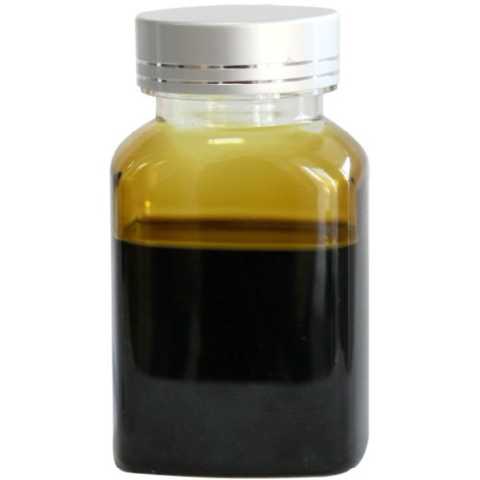- Home
- Products
- Elementary
- Boride Powder
- 3D Printing Powder
- Sulfide Powder
- Oxide Powder
- Carbide powder
- Nitride Powder
- Silicide Powder
- Hydride Powder
- Telluride Powder
- Selenide Powder
- Stearic Acid Series
- Phosphide Powder
- Nanoparticles
- Metal Alloy
- MAX Phase
- Lithium Battery Anode
- Surfactant
- Molecular sieves
- Concrete Admixtures
- News
- Answers
- Contact
- About
Answers
- 0
- 0
Which is better, graphene battery or lead-acid battery?
If you are looking for high-quality products, please feel free to contact us and send an inquiry, email: brad@ihpa.net
The purchasing pace at the demand end of the international thermal coal market continues to slow down and the international thermal coal price continues to decline. Prices for thermal coal at major international ports continued to fall last week as buyers in Europe slowed in recent days for April, coupled with weaker-than-expected import demand from End users in China. According to China Coal Market net monitoring: Australia Newcastle port thermal coal price index was 253 USD/ton, compared with 309.02 USD/ton, down 56.02 USD/ton, down 18.13%. South Africa's Port Richards thermal coal price Index was $264.5 / mt, down the US $62.72 / mt or 19.17% from US $327.22 / mt. The European ARA Tri-port thermal coal price Index was $281.8 / ton. Does the price of thermal coal in major international ports continue to decline to affect the price of the graphene battery?
A lead-acid battery (VRLA) is a battery whose electrodes are mainly made of lead and oxides, and the electrolyte is a sulfuric acid solution. In the discharge state of the lead-acid battery, the main component of the positive electrode is lead dioxide. The main component of the negative electrode is lead; in the charged state, the main component of the positive and negative electrodes is lead sulfate.
Which is better, graphene battery or lead-acid battery?
To know whether it is better to use a graphene battery or a lead-acid battery, we need to compare the performance of the two so that we can understand the advantages and disadvantages of the two batteries. Next, we will discuss the advantages and disadvantages of graphene batteries and lead-acid batteries. Compare price, service life, safety, battery life, and charging time to find the best battery for our use.
Price comparison
We said earlier that graphene batteries are an enhanced version of lead-acid batteries. Compared with lead-acid batteries, its lead plate is thicker, and graphene technology is added, which will make the price of graphene higher than that of lead-acid batteries. The price of acid batteries is slightly higher, but the price gap between the two is getting smaller and smaller. At present, the price of graphene batteries is slightly higher than that of lead-acid batteries by 10~20%.
Service life comparison
Since the graphene battery is an enhanced version of the lead-acid battery, the weaknesses of the lead-acid battery will be strengthened. The service life of the lead-acid battery is generally about 300 times of charge and discharge, while the number of times of charge and discharge of the graphene battery reaches about 500 times, which is much more used than the lead-acid battery. Of course, this is also related to the car owner's maintenance method and usage habits, but in theory, the life of the graphene battery is longer than that of the lead-acid battery.

Safety comparison
The production process and materials used for graphene and lead-acid batteries are the same. Graphene batteries only increase the thickness of the front plate and add graphene elements with better conductivity, so the comparison between the two in terms of safety. It is not apparent, and it can be said that the security performance of the two is the same.
Comparison of cruising range
Compared with the new lead-acid battery and the graphene battery, the cruising range of the two is similar. Still, as the use time increases, the graphene battery has a thicker lead plate, so its attenuation degree is smaller than that of the lead-acid battery. For example, if the battery is switched after one year, it only has 50~60% of the original capacity, while the graphene battery can reach 90% of the original capacity. With the prolongation of use time, the contrast will become more apparent.
Comparison of charging time
Since the graphene battery is added with a more conductive graphene element, and the graphene battery is also equipped with a special charger, the graphene battery can be charged faster, and it can be fully charged in about 5 hours, while our ordinary lead-acid battery It takes about 8 hours or so to fill up.
Although graphene batteries are just an enhanced version of lead-acid batteries and do not use accurate graphene technology, graphene batteries are superior to ordinary lead-acid batteries in terms of service life, mileage, and charging time, especially with The price gap between graphene batteries and lead-acid batteries is getting smaller and smaller. For car owners, it is pretty cost-effective to choose graphene batteries.
High-quality graphene battery manufacturer
Luoyang Moon & Star New Energy Technology Co., LTD, founded on October 17, 2008, is a high-tech enterprise committed to developing, producing, processing, selling, and technical services of lithium-ion battery anode materials. After more than ten years of development, the company has gradually developed into a diversified product structure with natural graphite, artificial graphite, composite graphite, intermediate phase and other harmful materials (silicon-carbon materials, etc.). The products are widely used in high-end lithium-ion digital power and energy storage batteries.
If you are looking for graphite or lithium battery anode material, click on the needed products and send us an inquiry:sales@graphite-corp.com.
As a supplier of anode materials for lithium batteries, we also provide graphene battery. We will continue to provide graphene battery for the global market, please feel free to contact us.
.
Inquiry us
PREVIOUS NEWS